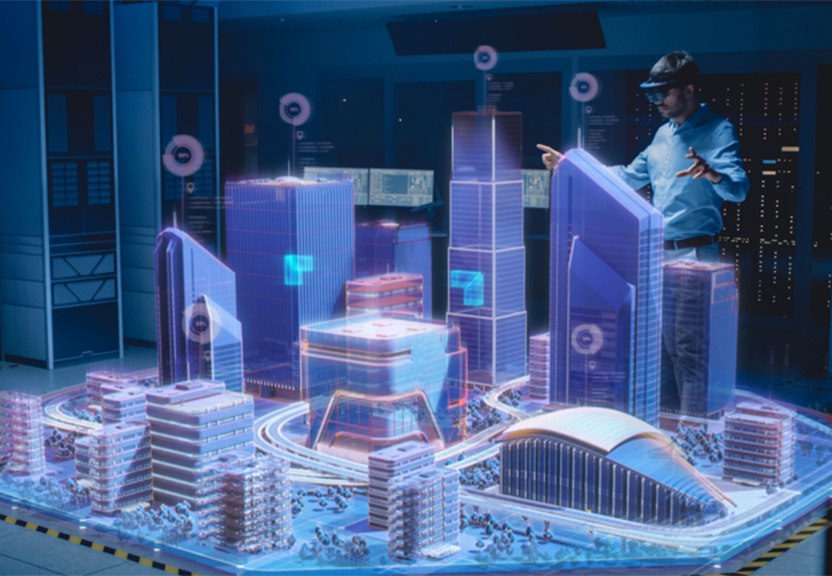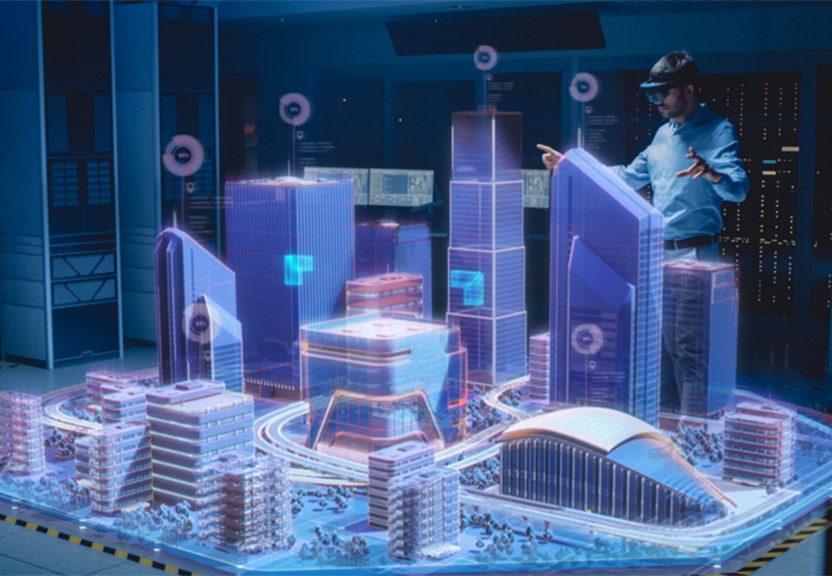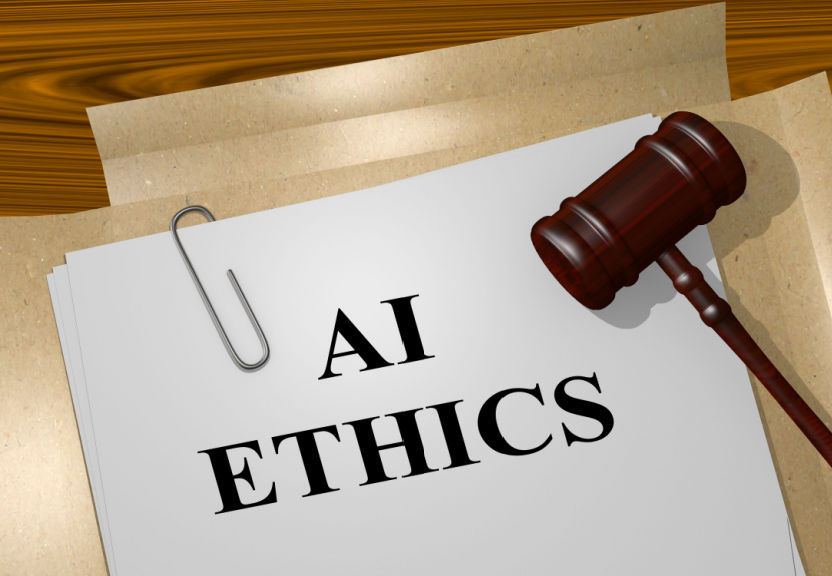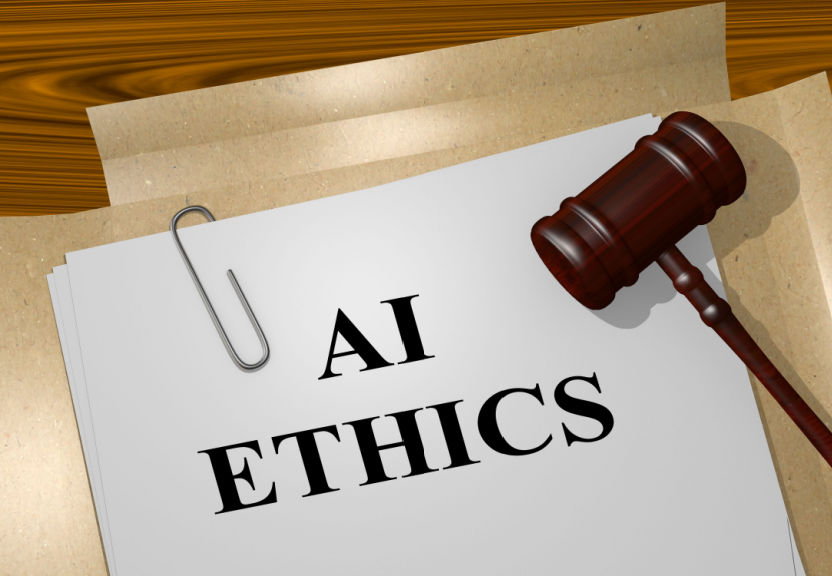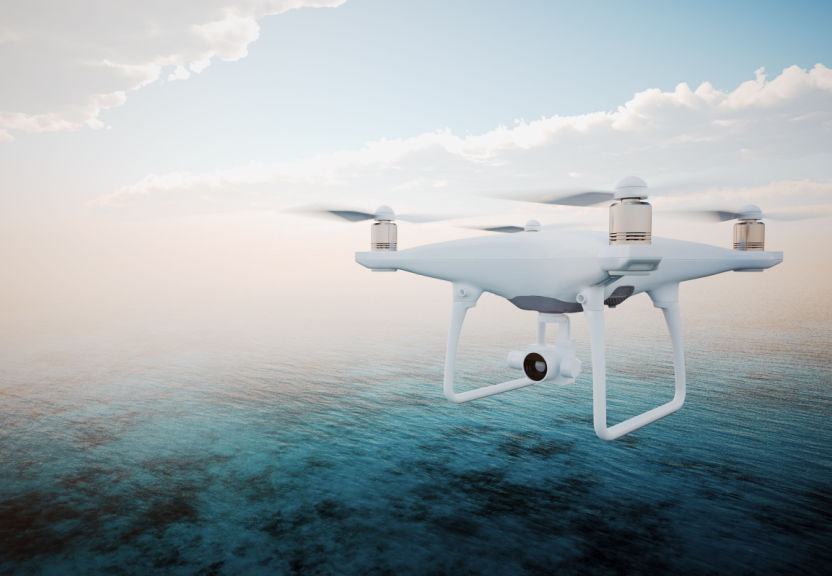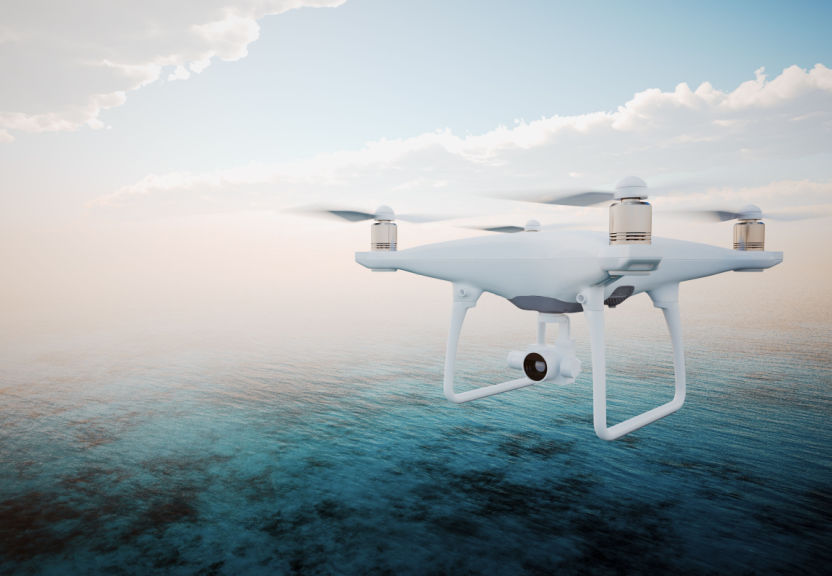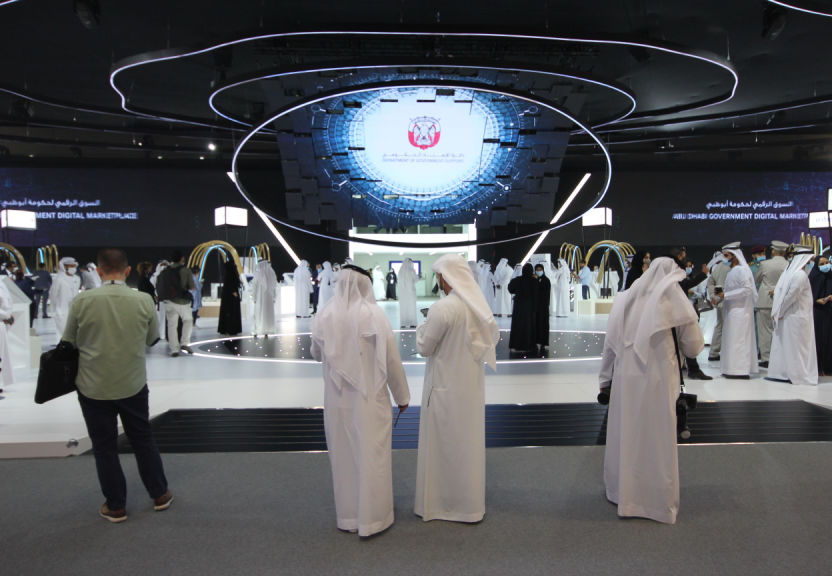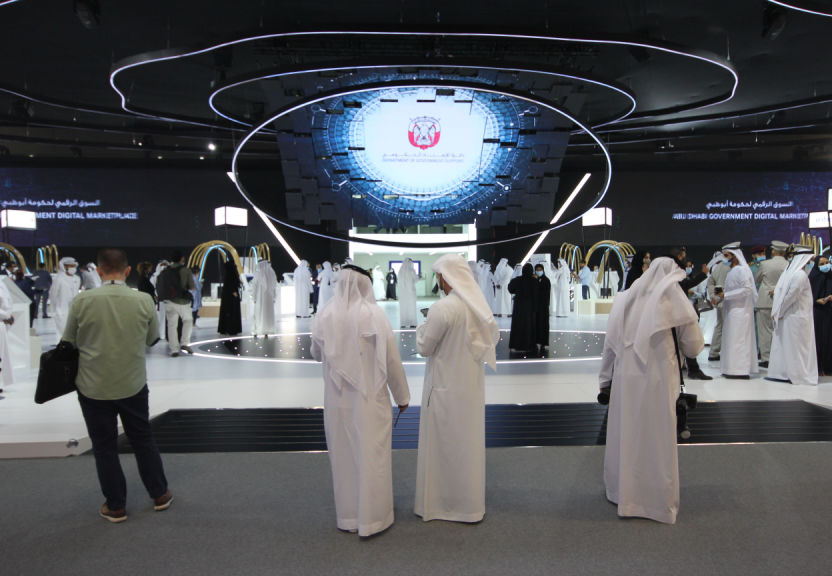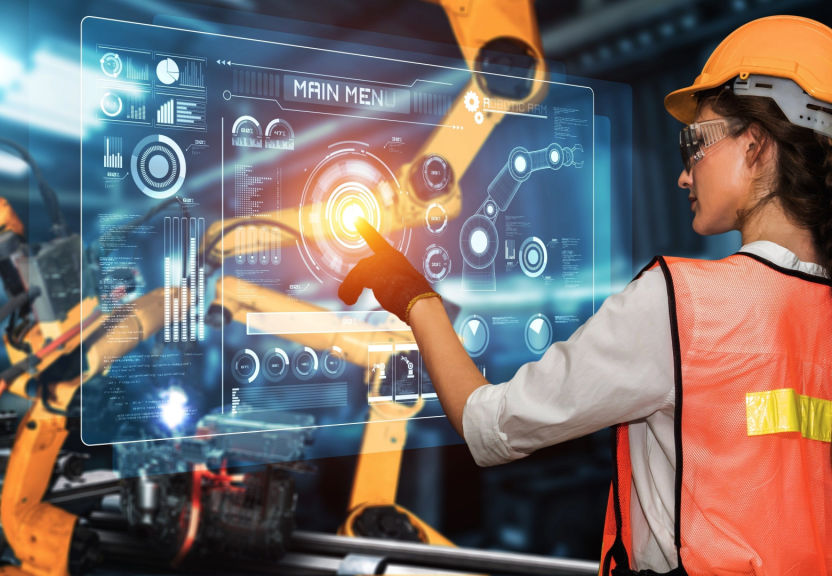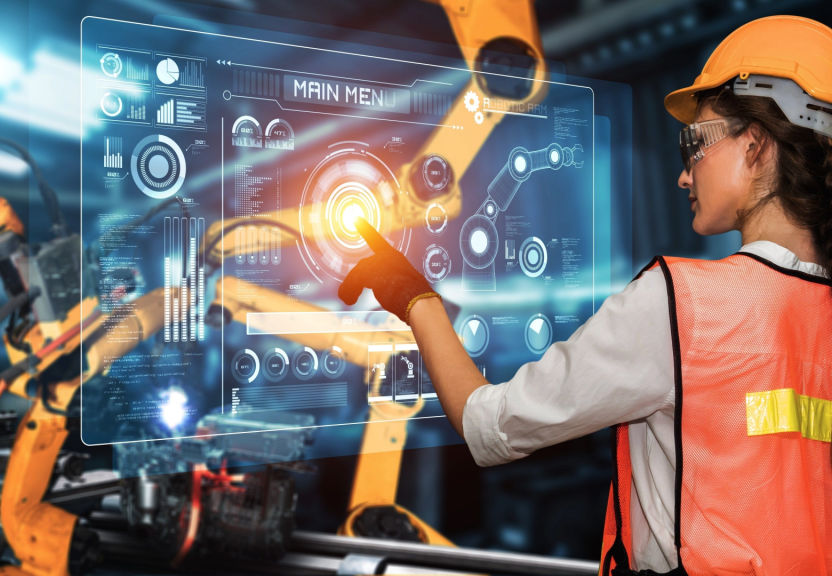VR in the field of architecture
Virtual reality (VR) technology is increasingly being used in the field of architecture to enhance the design and visualization process. VR allows architects to create highly detailed, realistic 3D models of their designs, allowing them to explore and experience their creations in a way that was not previously possible.
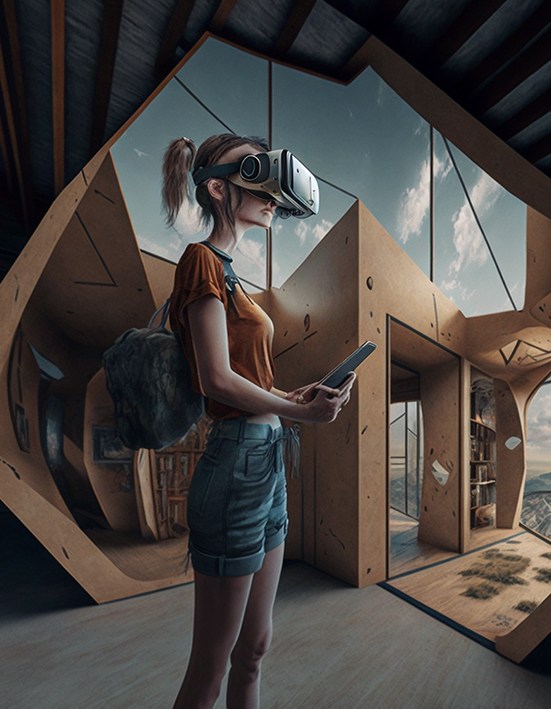
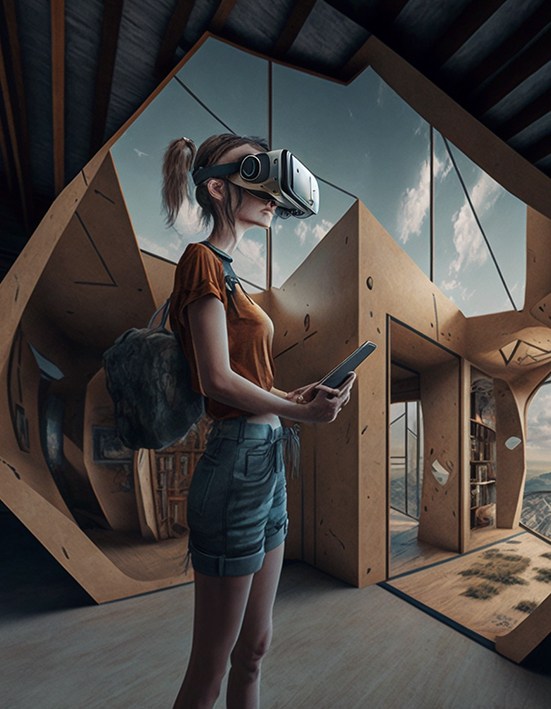
One of the main benefits of VR in architecture is its ability to provide architects with an immersive, realistic experience of their designs. This allows them to identify potential issues and make necessary changes before construction begins, saving time and money. VR also allows architects to communicate their designs more effectively to clients, providing them with a clear understanding of the finished product.
Another key benefit of VR in architecture is its ability to improve collaboration and communication among project stakeholders. VR technology allows architects to work together in a virtual environment, making it easier to share ideas, identify potential issues, and make decisions. This can help to speed up the design process and improve the overall outcome of the project.
VR technology can also be used to create virtual walkthroughs of buildings, allowing architects to test the functionality, accessibility, and user experience of their designs. This can help architects to identify potential issues and make changes before construction begins, improving the overall quality of the building.
VR technology is also being used in heritage preservation and restoration projects, allowing architects and conservators to explore and study historic buildings and sites in a virtual environment. This can help to improve the accuracy of restoration work and ensure that important cultural heritage sites are preserved for future generations.
While VR technology has many benefits for architecture, it is important to note that it is not a replacement for traditional design methods. VR should be used as an additional tool in the design process, rather than as a replacement for hand sketching and physical models.
In conclusion, VR technology has the potential to revolutionize the field of architecture, by allowing architects to create highly detailed, realistic 3D models of their designs, improve collaboration and communication among project stakeholders, and improve the quality of the final product. As the technology continues to evolve and become more accessible, we can expect to see an increasing number of architects using VR technology in their work.
The articles and information within this website are my sole opinion and derived from my sole experience. They are meant for general information purposes only and is not meant to substitute professional dietary and/or health advice or treatment. If you have or suspect you may have allergies or medical issues which may be affected by certain foods, or have or suspect you may have any illness and/or disease and/or chronic ailment and/or other, you should promptly contact your health care provider. Any statements regarding diets and/or nutrition and/or health are to be used at your discretion and are not intended to diagnose, treat, cure or prevent any disease.




